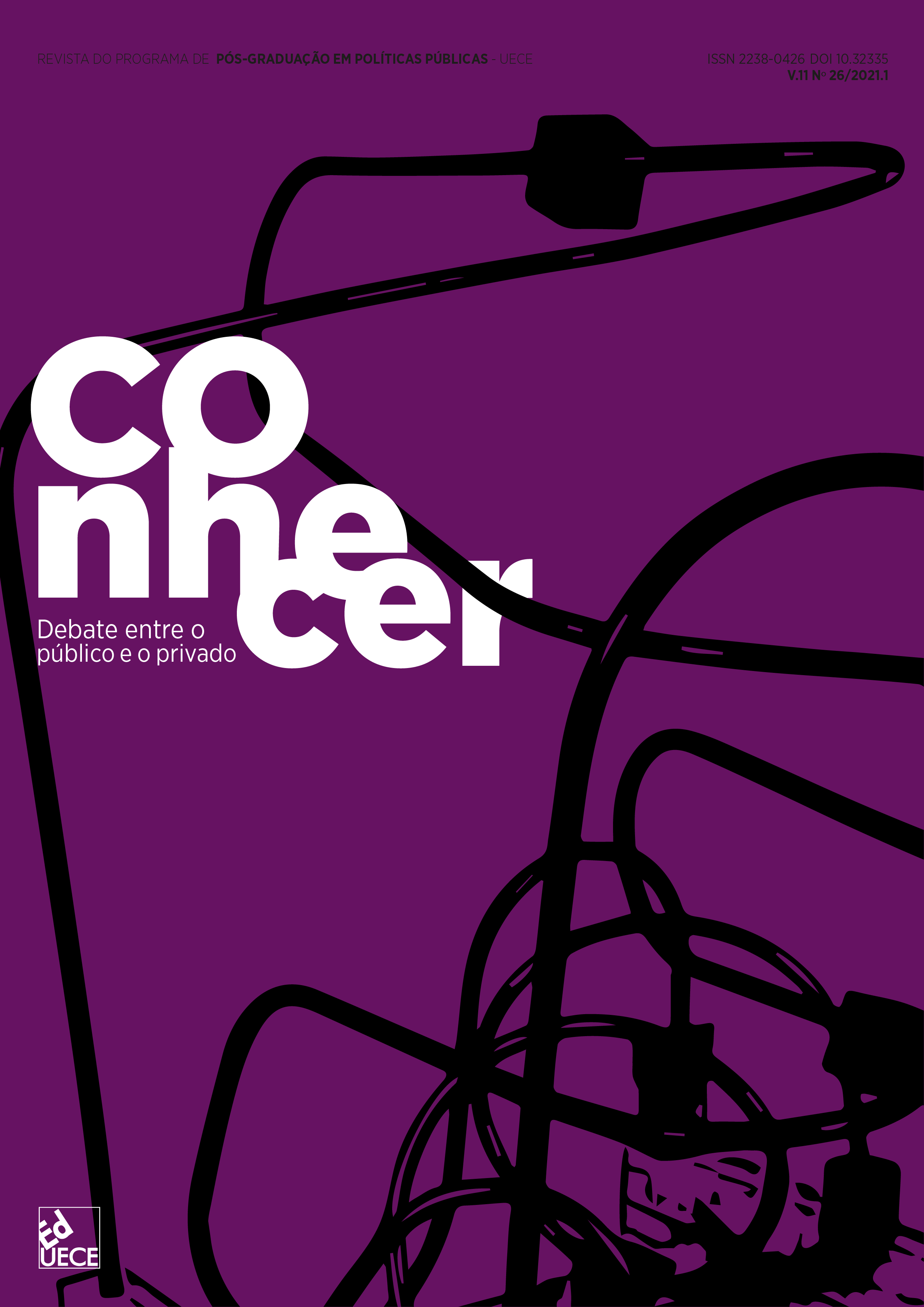Women’s under-representation marches and counter-marches:
performance in the 2020 municipal elections
DOI:
https://doi.org/10.32335/2238-0426.2021.11.26.4679Keywords:
electoral rules, municipal elections, political parties, women’s political participation, women’s under-representationAbstract
This article aims to make a radiograph of the women’s political personnel that emerged from the polls in the 2020 municipal elections, seeking to assess the extent to which the set of electoral rules that has come into force in recent years has contributed or not to improve women’s representation. To do this, the performances of this segment were analyzed by votes for city halls and municipal parliamentary seats according to geographic region, race, educational level, occupation, age, ideology, and political party. Our argument is that, although the devices put in place in this election have contributed to advances in women’s representation, they are still not enough for women to stop being under-represented in the municipal political arena. Our main conclusion is that the effect of the new legal provisions on women’s electoral success was almost nil. This occurred mainly because the increased limit of candidacies, the adoption of the performance clause, and the approval of political party lists that do not comply with the rules act in a direction contrary to the actions taken that aim to improve women’s representation and presence in Brazilian politics.
Downloads
Downloads
Published
How to Cite
Issue
Section
License
Authors who publish in this journal agree with the following terms:
- Authors retain the copyright and grant the journal the right of first publication, and the study is simultaneously licensed under the Creative Commons Attribution License, which allows sharing the study by acknowledging authorship and initial publication in this journal.



